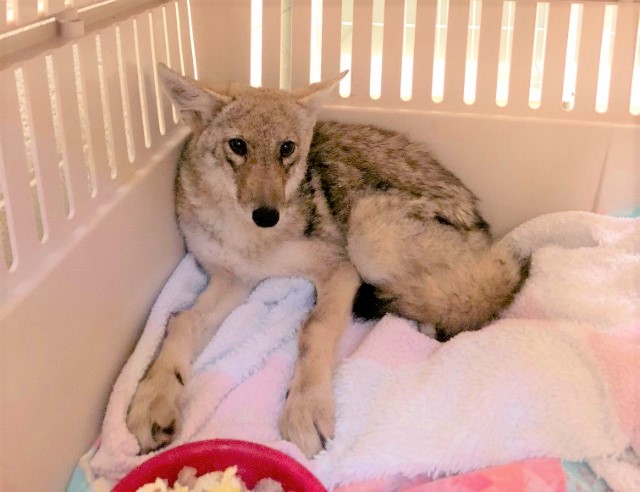Written by: Taylor Stout
Colorado is seeing an increase in household pet and predator conflicts. Animal Services Officer Lauren Martenson stated that Snowmass is not only seeing coyote attacks out in the wilderness and on the trails but there are “increased reports of coyotes acting a little more brazen” and exhibiting “more of a kind of stalking behavior.” She advises people to be extra cautious when letting their pets out around dusk and dawn as this is the time that both coyotes and mountain lions are the most active.
Additionally, with winter in full swing, mountain lion activity is expected to increase- specifically in Boulder. Colorado Parks and Wildlife (CPW) noted that Colorado’s mountain lion population is thriving and there are currently an estimated 3,800-4,400 mature cougars out and about.
The reason that we are seeing an increase in predator-pet conflicts, specifically with coyotes, is due to their food source. It is possible that there is a decline in the population of other small mammals that this predator feeds on. Additionally, coyotes are extremely adaptable and opportunistic predators. As humans and animals coexist in close proximity to one another, the predators are growing less fearful in populated areas. Coyotes are getting braver and some people have even seen them wandering around shopping centers and residential areas.
Mountain lions prey primarily on deer and elk. That being said, they are more likely to be present in areas where those larger animals are around. Unlike coyotes, mountain lions are typically shy around humans and only a handful of them express aggressive behavior. They tend to express this aggressive behavior when either pets or humans come too close to their young kittens.
The historical solution for this type of conflict was to kill the animal causing problems. This is counterproductive and threatens a healthy ecosystem. There is minimal to no evidence that killing coyotes is effective or beneficial. Coyotes help control disease transmission and help control rodent populations. Additionally, they increase biodiversity, consume animal carcasses, and protect crops. Project Coyote states that “State wildlife management agencies across the country recognize the benefits that coyotes provide to ecosystems.” Indiscriminately killing coyotes does NOT reduce their population, but has the potential to do the exact opposite. There has been more than 100 years of coyote killing that has ultimately failed in an attempt to permanently reduce their population. Since 1850, when the mass killing of coyotes originally began, the coyote’s range has nearly tripled in the U.S. as disrupting their social structure has encouraged more breeding as well as migration. Project Coyote did a recent study on coyote-human attacks over a 38-year period and found 367 documented attacks by non-rabid coyotes in the U.S. and Canada. Only two of these attacks resulted in death. To put this into perspective, there are more than 4.5 million dog bites every year in the U.S. and around 800,000 of said attacks require medical attention. There is minimal data on how many pets are killed every year due to predatory conflicts, but there are precautions you and your family can take to avoid harm to your precious pets.

So, what can you do?
- Keep your pet on a leash.
- Be alert! It’s important to always be cautious of your surroundings and be prepared to pick up small animals at any moment.
- Remove attractants outside of your home, such as pet food or garbage.
- Watch around low-lying brush, such as juniper bushes as mountain lions can easily hide in these.
- If you do run into a predator, be LOUD! Yell, throw sticks, and wave your arms around to appear larger.
- Never run or turn your back.
- If a mountain lion does attack, always fight back.
It’s important to remember that most of the time, these predators are more scared of us than we are of them. Please keep in mind that we are sharing their home too. With a few simple behaviors, we can learn to live in harmony with our local wildlife.
Citations:
https://www.projectcoyote.org/wp-content/uploads/2020/08/PC_SAB_Coyote-Facts_FINAL_2020_08.pdf
https://www.aspentimes.com/news/snowmass-officials-urge-coyote-caution-for-pet-owners/
Mountain lion sightings are up in Colorado. Here’s what you need to know when you’re out on the trails

